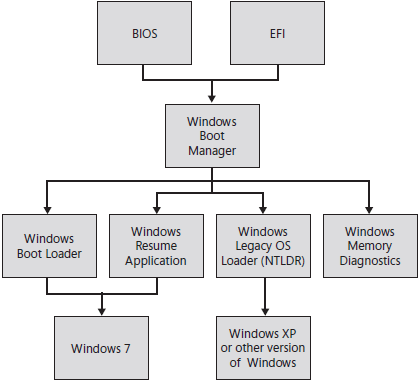2
1
We have software that we want to run very early in the login process. The software modifies or hides some elements of the user's desktop, and the user should never see the unmodified desktop.
Now, on Windows 7, just starting the software via auto start works well; the software is already active when the desktop is shown.
For Windows 10 though, the software is started a few seconds after the desktop is initially shown, so it is too late for our purposes.
Is there a way to start the software earlier or delay the desktop?
P.S.: We are doing kiosk-like embedded machines, so we really want to do that.

Please quote the essential parts of the answer from the reference link(s), as the answer can become invalid if the linked page(s) change. – DavidPostill – 2016-05-18T09:50:47.553